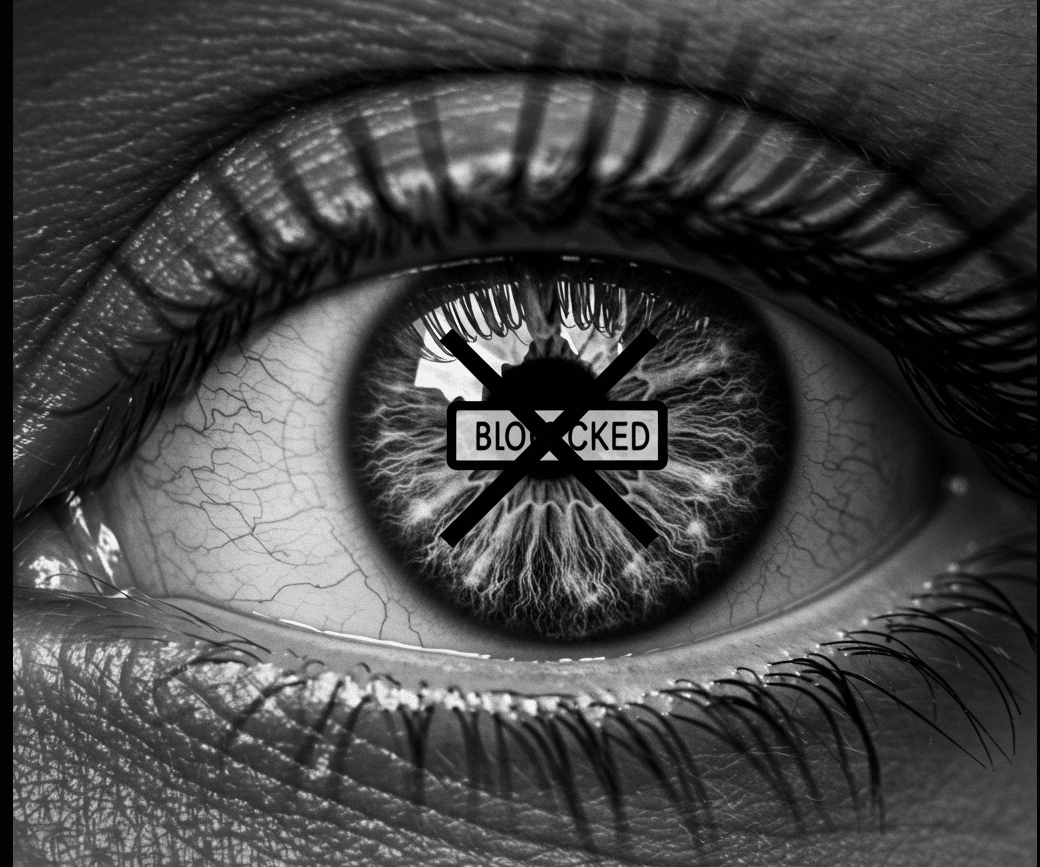Brand awareness refers to people’s ability to recall and recognize your business. It’s the very first step in the marketing funnel, and a crucial foundation for eventually acquiring customers. Here, I’ll explore the importance of brand awareness KPIs, and how to use brand awareness metrics to increase your visibility and engagement across the open web.
Why Measure Brand Awareness?
It’s vital to know how to measure brand awareness so you can build the most effective campaigns for your target audience and business goals. By measuring the right brand awareness metrics, you can allocate your marketing resources more efficiently and find innovative ways to optimize your strategies.
That said, there’s no uniform solution to measuring brand value and campaign effectiveness. Measuring the success of an Instagram influencer campaign, for example, is very different from measuring the success of a display ad campaign — even if you’re reaching the same target audience. That’s why it’s important to find the most suitable metrics for your brand awareness strategies and goals.
How to Measure Brand Awareness: 9 Metrics to Track
Measuring brand awareness begins with choosing the right brand awareness KPIs. The metrics you select will depend on many factors, such as your brand awareness objectives, ad forms, and campaign strategy.
Brand awareness KPIs are also the gifts that keep on giving. With campaign analytics at your fingertips, you can better understand how to move your audiences through the funnel, ultimately driving lead generation and sales.
Here, I’ve identified the brand awareness metrics that are most relevant for today’s advertisers. These metrics and KPIs can serve as important indicators of campaign effectiveness, helping to gauge and guide the success of your awareness efforts.
Brand Awareness Surveys
You can use brand awareness surveys to collect insights and feedback directly from your customers. Unlike many other metrics, the data from these surveys can help both qualify and quantify your brand awareness performance. For example, you can assess whether people’s perception of your brand aligns with the brand’s vision and core messaging. Surveys also help show customers that their feedback is valued, fostering higher levels of loyalty and engagement.
Make sure these surveys are concise and easy to comprehend, ideally including multiple-choice options to facilitate user responses. For example, you might ask questions such as:
- What is your opinion of our brand?
- How did you first learn about our brand?
- Why did you choose our brand over others?
- Are you aware of any competitors? If so, which ones?
Property booking site Giggster, for example, invites new customers to answer a quick, two-question survey about their experience:
Surveys can be administered via phone, email, or directly on your website. Testing different survey methods can also help determine which solution yields the highest response rate from customers. Various platforms are available for conducting surveys, such as Survey Monkey, Typeform, and Google Forms.
Branded Search Volume
Branded search volume refers to the number of times a brand name is searched for over a specific period of time. This metric is particularly useful for evaluating the impact of multichannel and social media marketing efforts, as it reflects consumer interest beyond specific marketing channels. In fact, it could be viewed as a brand consideration metric — a deeper level of engagement where consumers not only know about the brand but also consider its products or services. A customer, for example, might see your brand in a social media ad and then search for it on Google to find out more information.
Google Analytics 4 is one of the most commonly-used brand awareness tools to measure search volume, providing valuable insights into user behaviors and website engagement. Additionally, advertisers can use other keyword research tools like Google Trends, Google Keyword Planner, Moz Keyword Explorer, and SEMrush to identify search volume trends and keyword performance.
Google Trends
Google Trends is a free tool that tracks and analyzes Google search patterns for particular words or terms. You can enter keywords, such as your brand name, and see how the name is trending over time. You can filter by time period, for example, the last week, month, six months, or year. Here, for example, is the search volume for Pepsi within a 90-day period:
You can also make the search more granular by content type: Image Search, News Search, Google Shopping, and YouTube Search. You do this by choosing “Web Search” from the menu bar. Google Trends automatically breaks down the trends by geographic region as well. Here, for example, we see that Wyoming performs more searches for Pepsi than does any other U.S. state:
Share of Voice
Share of voice measures how much a brand is being discussed, compared to its competitors, expressed as a percentage. You calculate it by dividing the number of mentions or impressions of your brand by the total number of mentions or impressions for all competing brands within a specific time period. You will want to do an apples to apples comparison by searching how your brand measures up within specific segments, such as social media mentions, backlinks to your product page, or search volume. For example, if 37% of all Instagram hashtag mentions of lipstick brands within a 12-month period refer specifically to Revlon, then Revlon’s share of voice for those parameters (mentions as a percentage of all brands mentioned over a 12-month period) is 37%.
Content marketing products such as Semrush, Sprout Social, Hootsuite, and Ahrefs allow you to calculate share of voice within particular segments.
Earned Media Value
Earned media value (EMV) is the estimated monetary value of the exposure a brand receives from organic mentions or shares on third-party sites, social media, or traditional media. “Exposure” is a broad term, so this is usually segmented to make it easier to track and compare.
The formula for EMV is as follows:
EMV = Impressions in terms of 1000s x CPM
For example, let’s say you received 20,000 impressions from a campaign and your CPM (cost per mille, or cost per thousand impressions) is $5. Then your total EMV for that campaign is 20,000/1000×5=$100.
As with Share of Voice, there is no single set of data that is universally agreed upon as the definitive EMV, but you can track it based on your own parameters from data gathered from products like Semrush, Sprout Social, Hootsuite, and Ahrefs.
Social Media Engagement
Social media plays a pivotal role in today’s marketing landscape, significantly influencing customer experiences and decision-making processes. As such, you might use social media metrics to gauge your brand awareness performance and customer engagement. If you’re looking to measure and improve social media engagement, you might use key metrics such as reach, impressions, likes, shares, comments, clicks, follows, mentions, and hashtag usage.
Brand Visibility
Brand visibility is a fundamental KPI for measuring brand awareness. The term refers to the extent to which a brand is seen and recognized by potential customers — a core objective of many brand awareness campaigns.
Website Traffic
Website traffic and branded search traffic are related but not the same. Website traffic refers to visits from various platforms such as search engines, advertising campaigns, social media platforms, and other referral sources. Analyzing changes in website traffic volume over time can provide insights into the effectiveness of brand awareness efforts across these channels.
You can use your website’s own analytics engine to measure traffic and access statistics about visitors. Beyond that, you can use additional platforms such as Google Analytics to access more advanced metrics and reports about visitor behaviors and demographics, using this data to increase website traffic.
Referral Traffic
Referral traffic is a measure of people who visit your website from referral sources, such as social media, search results engines, or backlinks in blog posts. By measuring referral traffic, you can better assess the performance of referral and social media campaigns. For example, you might start a referral program, inviting loyal customers to become advocates for your brand and encourage people to make their first purchase. You might also use SEO strategies to improve your search discoverability, increasing referral traffic from key sources like Google.
Analyzing Results: How to Interpret Data from Your Brand Awareness Efforts
There is no universal solution to measuring brand awareness, as each metric has its own use cases and benefits. As such, you should choose your own brand awareness metrics based on your unique strategies, platforms, and goals. If you’re launching an influencer marketing campaign on Instagram, for example, you might measure social media engagement and referral traffic, whereas if you’re launching a content marketing campaign, you might measure brand visibility and website traffic.
It’s also important to choose a mix of hard and soft metrics for your brand awareness campaigns. For instance, consider combining hard data metrics like referral traffic or search volume (e.g. impressions, clicks, conversions) with more qualitative insights from brand awareness surveys, to obtain a well-rounded view of customer perceptions. And remember, once you identify and measure key metrics for brand awareness, you can use your insights to inform future performance marketing campaigns.
How to Get Started Step-by-Step
Set Clear Objectives
Define your brand awareness goals — such as higher engagement or increased search volume — and determine the success metrics (e.g., website traffic, social media mentions) that best reflect your progress.
Identify Target Audiences with AI
Leverage AI marketing tools, to segment audiences by browsing habits, demographics, and past interactions. This ensures your campaign reaches the right people at the right time.
Optimize Channel Selection
Use AI-driven insights to focus on the platforms — social media, publisher sites, or native ads — that your audience frequents the most. This maximizes both reach and impact.
Produce and Publish Optimized Content
Develop engaging materials (e.g., blog posts, videos) and publish them where they’re likely to gain maximum traction.
Monitor and Refine in Real Time
Continuously track performance and adjust your strategy, budget, and messaging on the fly based on real-time data, ensuring your brand awareness campaign stays effective and on course.
Key Takeaways
Brand awareness refers to people’s ability to recall and recognize your business, and as such, it’s the very first step in the marketing funnel. It’s important to continuously monitor your brand awareness KPIs (which can include earned media value, traffic, and social media engagement) and adapt your strategies to stay ahead of the competition.
Frequently Asked Questions (FAQs)
What tools would you use to measure brand awareness?
Brand awareness online can be measured through metrics like website traffic, social media engagement (likes, shares, comments), search volume for brand-related keywords, and referral traffic from other websites. Offline, brand awareness can be measured through surveys, focus groups, interviews, and tracking brand mentions in traditional media sources like newspapers, magazines, and television.
How is brand awareness calculated?
There is no single way to calculate brand awareness, but marketers will sometimes conduct surveys to determine, for example, the percentage of people who mention your brand within a specific context, rather than that of your competitors. They will also use metrics such as search volume, social media mentions, and brand visibility.
What is the KPI for brand awareness?
There is no single definitive KPI for brand awareness, but popular ones include keyword rankings, earned media value (EMV), branded search volume, and social media engagement.



